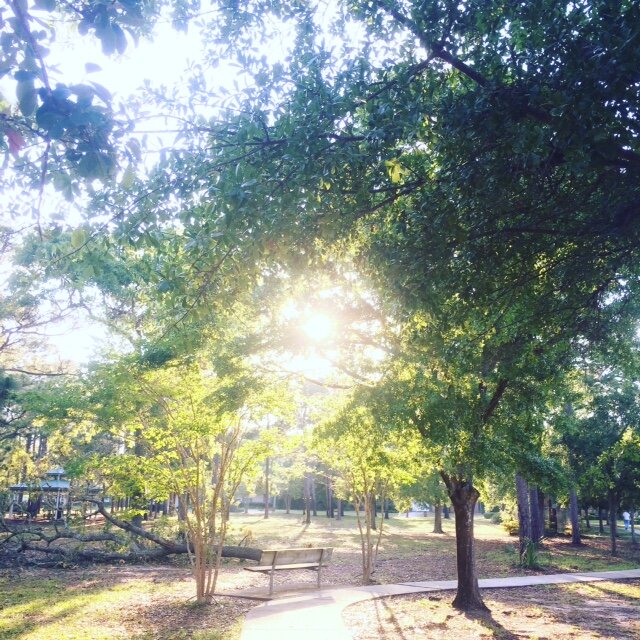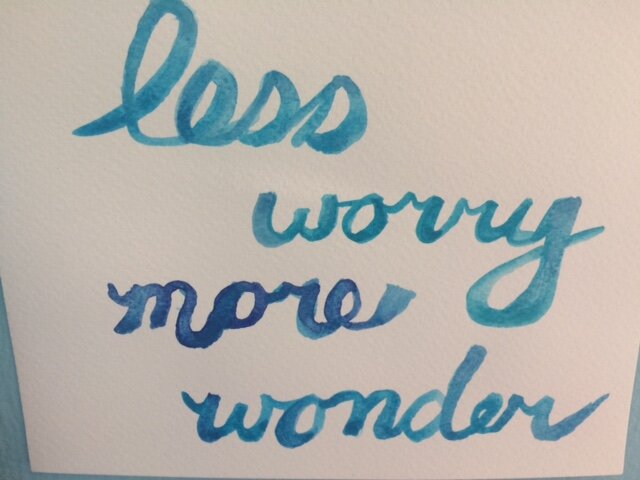I recently finished reading Joyful: The Surprising Power of Ordinary Things to Create Extraordinary Happiness by Ingrid Fetell Lee—wow! I highly recommend it if you haven’t read it.
Lee delves into the science behind why certain things bring us joy (in a very easy-to-follow way). She identifies ten “aesthetics of joy” that “reveal a distinct connection between the feeling of joy and the tangible qualities of the world around us:
Energy: vibrant color and light
Abundance: lushness, multiplicity, and variety
Freedom: nature, wildness, and open space
Harmony: balance, symmetry, and flow
Play: circles, spheres, and bubbly forms
Surprise: contrast and whimsy
Transcendence: elevation and lightness
Magic: invisible forces and illusions
Celebration: synchrony, sparkle, and bursting shapes
Renewal: blossoming, expansion, and curves”
It’s truly fascinating to learn why things like bright colors, fireworks, bubbles, and confetti can make us happy—and how we can use this information to find more joy in our daily lives. As she says, “You have a whole world of joy right at your fingertips. There’s no method you need to learn, no discipline you need to impose on yourself. The only requirement is what you already have: an openness to discovering the joy that surrounds you.”
After reading the book I checked out her blog The Aesthetics of Joy, which will give you an instant happiness boost from all the beautiful visuals, not to mention the interesting info. I signed up for her email “joyletters,” the most recent of which talks about cultivating a sense of renewal. In it she has some great ideas that I wanted to share with you.
She says, “We are a novelty-obsessed culture, but to me renewal is much more interesting. It doesn't venerate youth and perfection, but embraces the fullness of the experiences we've already lived. It doesn't try to pretend that we can fight the arc of time, but takes advantage of the eddies and whorls in its flow. We don't have to be perfect to be renewed. We just have to begin.
If you're looking to cultivate a greater sense of renewal in your life, here are some ways to start.
Fix something that's been broken a long time. Broken things create a stagnant energy. They are effectively stuck in time. Getting something fixed not only removes the nagging item from your to do list, but also makes a home feel fresh and new again.
Make space. It's hard to feel a sense of renewal when we're weighed down by old obligations and ideas. Clear out your desk, closet, or to be read pile. Make space in your inbox and your calendar. Say no to commitments that are getting in the way of your growth. Allow that space to be empty so something you love can fill it.
Give yourself a makeover. Whenever I'm feeling rundown or lackluster, I paint my nails. It might sound silly, but when my appearance is shabby, it's usually a sign that I've been caring for my mind (or not caring for it) in the same way. A small, external sign of transformation reminds me that change is possible.
Buy yourself flowers. Flowers are one of the most powerful reminders of renewal. One theory holds that we love flowers because flowers indicate the places where fruit would soon be. Those of our ancestors who were attentive to flowers were more likely to notice their location and be able to reach the fruits before they were eaten by other hungry animals.
Move things around. We tend to treat our homes as fixed, but many objects within them are easily moved. Try switching a few pieces of art around, or change the arrangement of your furniture. Seeing the same object from a new perspective is an easy way to make it feel new again.
Reconnect with the Earth's clock. Human time, defined by feeds and messages and new innovations, seems to be constantly accelerating. But the Earth's clock moves in age-old rhythms that far pre-date us. Spending time in nature recalibrates our sense of time and tunes us into the subtle gradients of change that often fade into the background.
Make a seasonal joy list. Too often, a new season comes and goes in a blip, before I get to do any of the things I'm most excited about. But these limited-time-only joys can help us cultivate this sense of renewal. To fight this, make a "joy list" of things you want to this season, whether it's carve a pumpkin, catch a movie on its opening weekend, or do some momijigari (Japanese for leaf-peeping!).
Plan something to look forward to. Research shows that anticipating something joyful can be almost as joy-inducing as the experience itself. Putting something on your calendar to look forward replicates the joy you find in looking forward to a favorite season or holiday, but is something you can do at any time.
Forgive someone (or yourself). Letting go of old grievances is a powerful way to make space for renewal. A relationship in the wake of hurt can feel tentative and uncertain, but it also is a space of renewed understanding. And the same is true for your relationship with yourself. If there's something you've been holding onto, imagine what it might be like to forgive yourself and move on.”
I actually made my first seasonal joy list last May—I realized that summer goes by quickly, and I often don’t make time to do things that I love. It definitely helped me enjoy the season more. If it will ever get cool and start feeling like fall here, I will make a fall list as well!
I hope you found some good ideas in this post. Let me know if you try any of them, or if you read (or already have read) Joyful, and what you think!










